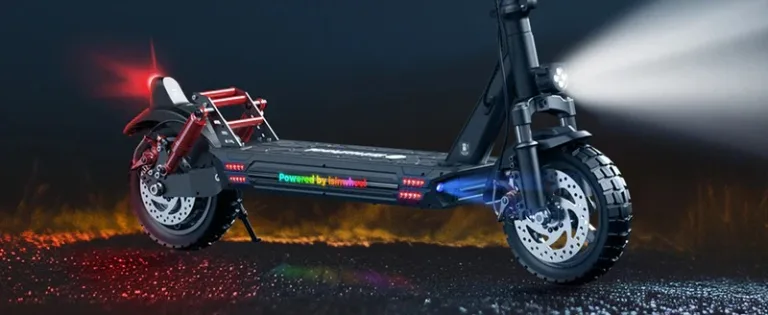The Technological Edge: Modern Dental Cleaning Techniques for Comfort and Health
For a long time, the sound of metal tools scraping teeth and sometimes a little pain were common during a standard dental cleaning appointment. When people look for a “dental cleaning near me,” they usually want more than just getting rid of plaque. They want a cutting-edge experience that gives them the best cleanliness, the most efficiency, and the least pain. New dental technologies have completely changed the field of professional hygiene. The process has gone from being done by hand to using advanced, powered tools that clean more thoroughly and gently than ever before. Knowing the difference between old and new ways of doing things can help you understand how good the care is today and why it’s so important to make these regular appointments a priority for your long-term oral health.
How scaling went from being done by hand to being done by machines
Traditional hygiene appointments used hand tools like metal scalers and curettes to carefully chip away hardened plaque, which is also called calculus or tartar, from the tooth surface and below the gum line. This method takes a lot of work from the hygienist and can take a long time, especially for patients with a lot of buildup. While manual scaling is still an important way to fine-tune and work on certain parts of the body, most of the work in a modern practice is now done by power-driven tools. These tools cut down on the time spent in the chair and make it easier to remove calculus.
Ultrasonic Technology for Precise Cleaning
The ultrasonic scaler is the most important tool for modern professional cleaning. It uses high-frequency vibrations to break up and remove calculus. The tip of an ultrasonic scaler vibrates thousands of times per second. When this is combined with a steady stream of water, it causes two things to happen: mechanical removal and a process called cavitation. Cavitation is the process of making and breaking tiny bubbles in water. This makes a shockwave that helps break down bacterial cell walls and flush debris out of deep periodontal pockets. The tip only needs to touch the calculus lightly to break it apart, so the process is much less rough on the tooth surface and much more comfortable for the patient than traditional manual scraping.
The Micro-Fine Power of Air Polishing
After most of the calculus is removed with an ultrasonic scaler, many top dental offices use advanced air polishing systems. Air polishing is different from the usual rubber cup and gritty paste that only cleans the surface of the teeth. Instead, it uses a fine stream of water, air, and a special bio-compatible powder (usually erythritol or glycine) directed at the teeth under pressure. This new method works very well for:
Stain Removal: Gently lifting tough stains on surfaces caused by coffee, wine, and tobacco without having to use harsh abrasives.
Getting rid of biofilm means getting rid of the invisible layer of sticky, disease-causing bacteria that lives in hard-to-reach places, like grooves on the biting surfaces and deep below the gum line (subgingivally).
The powder is soft and dissolves quickly, which polishes the teeth and makes them very smooth. This makes it harder for new bacteria to stick to them and speeds up the healing of gum tissues.
A quicker, safer, and more complete experience
The patient will benefit from the combination of advanced ultrasonic scaling and air polishing. The treatment time is usually shorter, there is less pain, and the deep cleaning abilities make sure that the results are more thorough and health-focused. Modern methods of carefully removing calcified deposits and pathological biofilm greatly improve the outlook for gum health, lowering the risk of future periodontal disease and the health problems that come with it. When choosing a dentist, look for one that uses these new technologies. This shows that they care about your comfort and providing the best preventive care possible.



